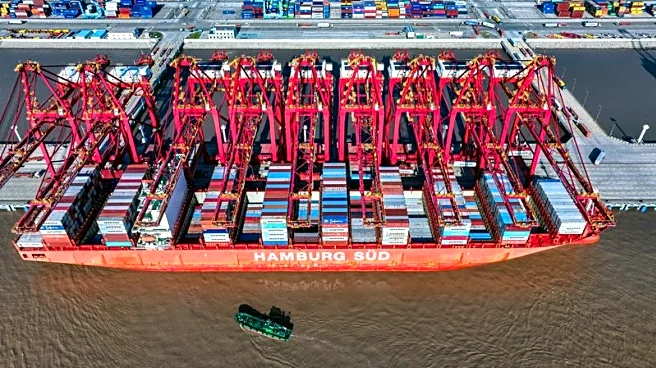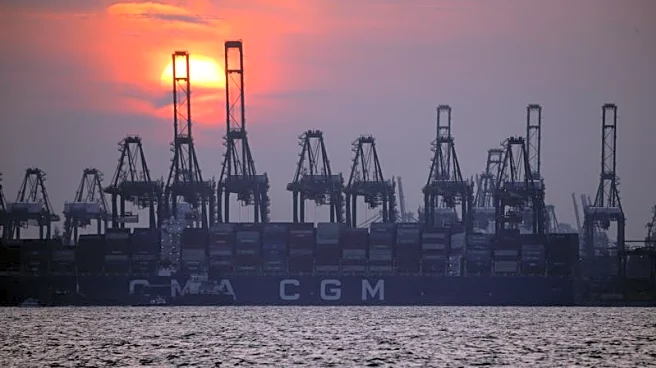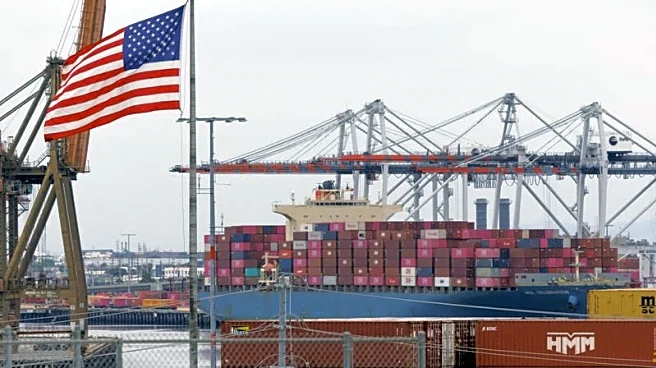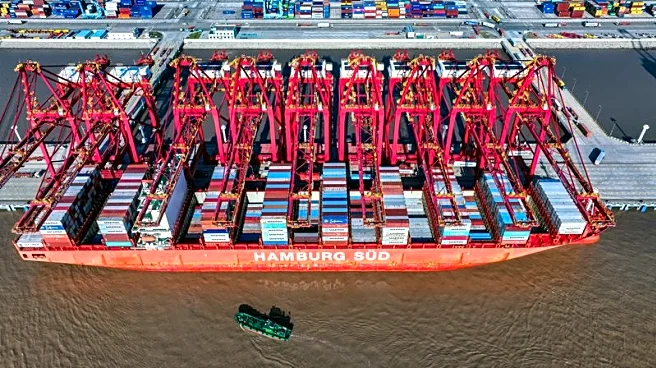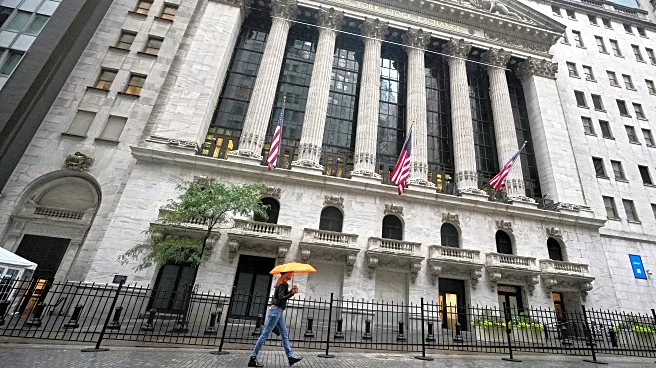By Kevin Yao
BEIJING (Reuters) -China's economic growth likely slowed to a one-year low in the third quarter as a prolonged property downturn and trade tensions weigh on demand, keeping pressure on policymakers to roll out more stimulus to shore up confidence and momentum.
Beijing has unveiled modest support measures this year to preserve policy space for future shocks, helped by resilient exports and strong stock markets. Renewed U.S.-China trade tensions pose risks, however, and while there is room
for more stimulus, analysts are divided on whether policymakers will act this year.
Data due Monday is expected to show gross domestic product (GDP) grew 4.8% year-on-year in July-September, the slowest pace since the third quarter of 2024, and down from the 5.2% rate clocked in the second quarter, according to a Reuters poll.
GDP growth is projected to slow to 4.3% in the fourth quarter, bringing full-year expansion to 4.8% - below the official target of around 5%, the poll showed. Economic growth is expected to ease further to 4.3% in 2026.
"We do not anticipate any new reflationary policies in the near term," Xing Zhaopeng, senior China strategist at ANZ, said in a note. "The 5% GDP growth target remains easily achievable - with 5.3% growth already recorded in H1 2025, only 4.6% growth is needed in H2 to meet the full-year goal."
Robin Xing, chief China economist at Morgan Stanley, expects limited stimulus of between 500 billion yuan ($70.22 billion) and 1 trillion yuan, and forecasts second half growth of 4.5% or lower.
Renewed trade tensions with Washington have highlighted the vulnerabilities of China's lopsided economy, which relies heavily on manufacturing and overseas demand. This has raised expectations that Chinese leaders may embrace painful changes to rebalance growth towards domestic consumption.
On a quarterly basis, the economy is forecast to have expanded 0.8% in the third quarter, slowing from 1.1% in April-June, the poll showed.
GDP data is due on Monday at 0200 GMT. Separate data on September activity is expected to show both industrial output and retail sales slowing.
Chinese leaders will hold a closed-door meeting from Monday through to Thursday to discuss, among other things, the country's 15th five-year development plan, which is expected to prioritise high-tech manufacturing in the wake of the intensifying rivalry with the United States.
Investors are also looking to a Politburo meeting and the Central Economic Work Conference, expected in December, for clues on economic policy for next year.
U.S. President Donald Trump has threatened to raise tariffs on Chinese goods by an additional 100% starting November 1. However, U.S. officials have signalled that both countries were prepared to lower the temperature in their tariff spat.
While China's export growth rebounded in September, much of the recent data show the world's second-largest economy has lost momentum, and deflationary pressures have persisted despite efforts to curb overcapacity and fierce competition among firms.
PAINFUL REBALANCING
Policymakers face a delicate balancing act between stimulating growth and addressing acute supply-demand imbalances reflected in entrenched deflation. Boosting private spending to foster sustainable longer term economic growth will require painful reforms.
China's stimulus spending has traditionally focused on infrastructure investment and manufacturing, even as the government has increased subsidies for consumers.
The People's Bank of China (PBOC), which has kept its policy rate steady for four consecutive months, is likely to dole out more modest easing steps in the coming weeks, analysts say.
Analysts polled by Reuters expect a 10-basis point cut in the seven-day reverse repo rate - the central bank's key policy rate - in the fourth quarter, along with a similar reduction to the benchmark loan prime rate (LPR).
In August, Beijing announced interest subsidies on loans to households and businesses to boost consumption.
China also plans to deploy 500 billion yuan of policy-based financial tools to speed investment projects to shore up its slowing economy.
($1 = 7.1207 Chinese yuan renminbi)
(Reporting by Kevin YaoEditing by Shri Navaratnam)
